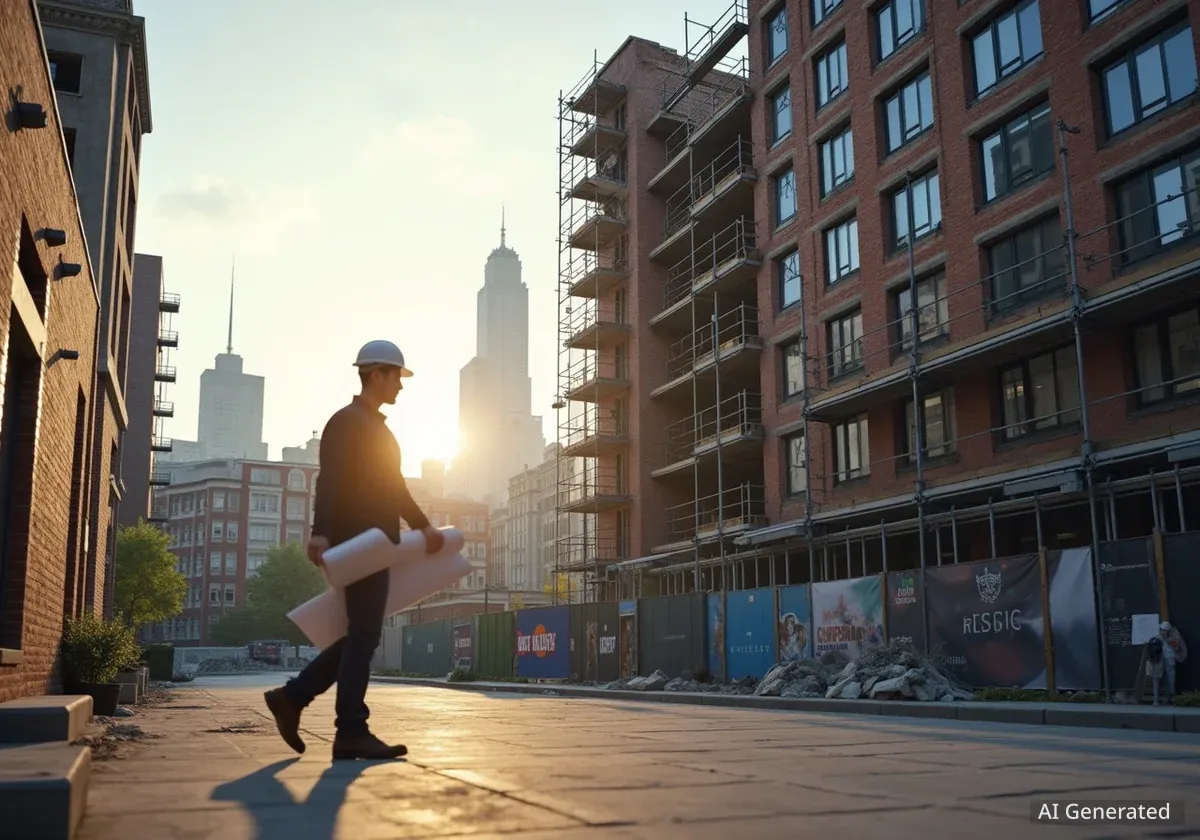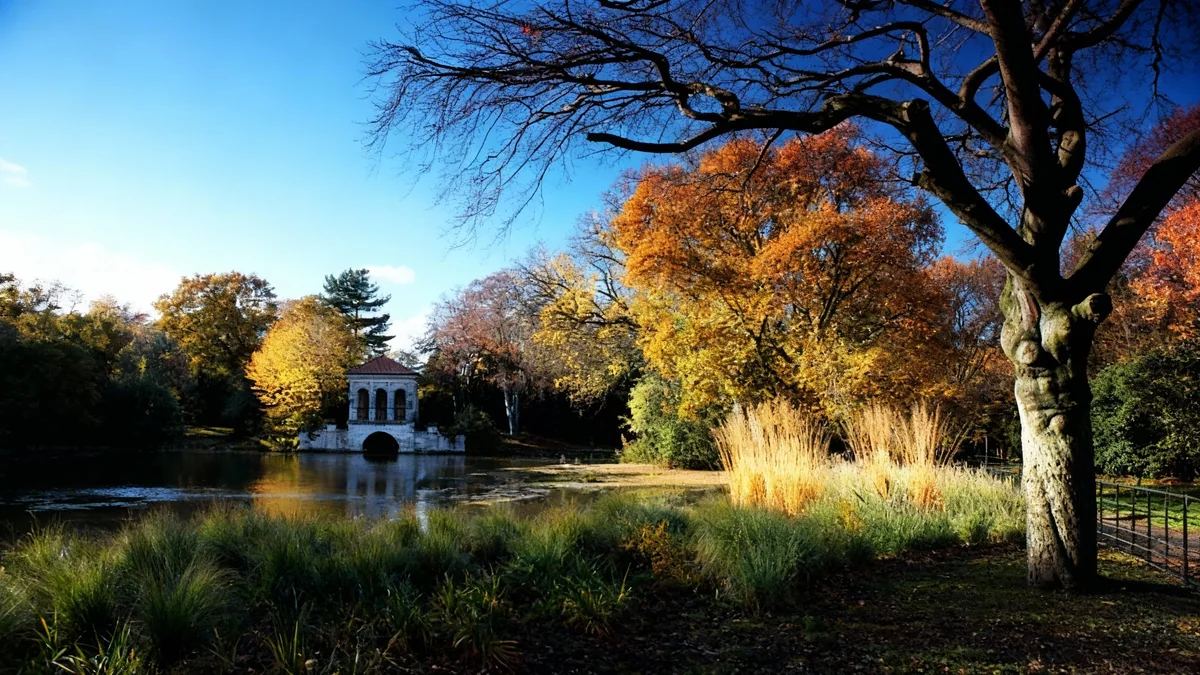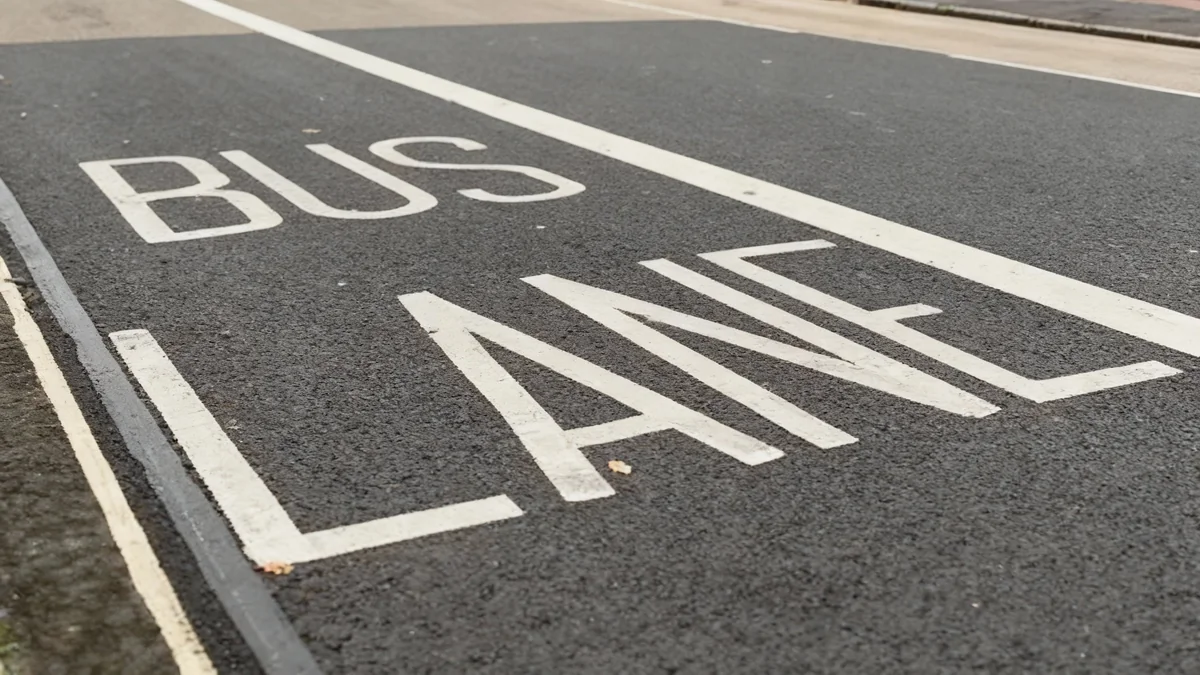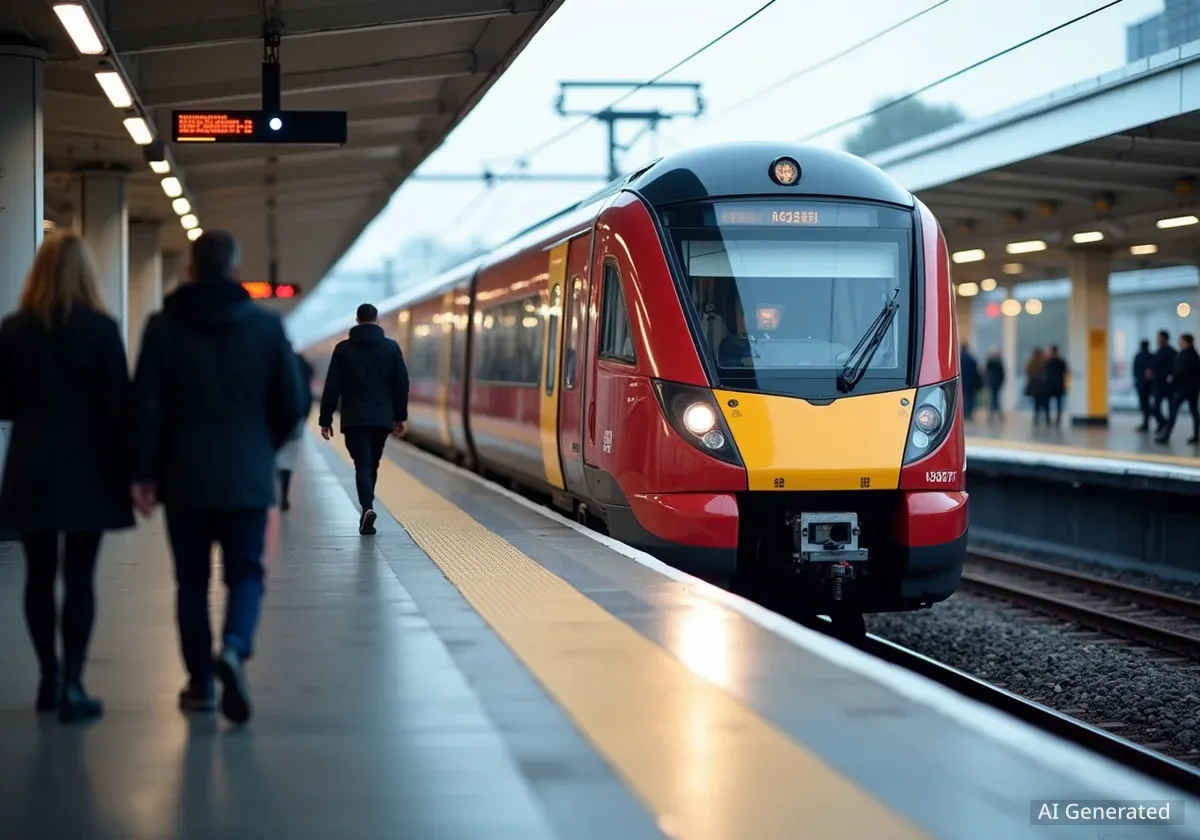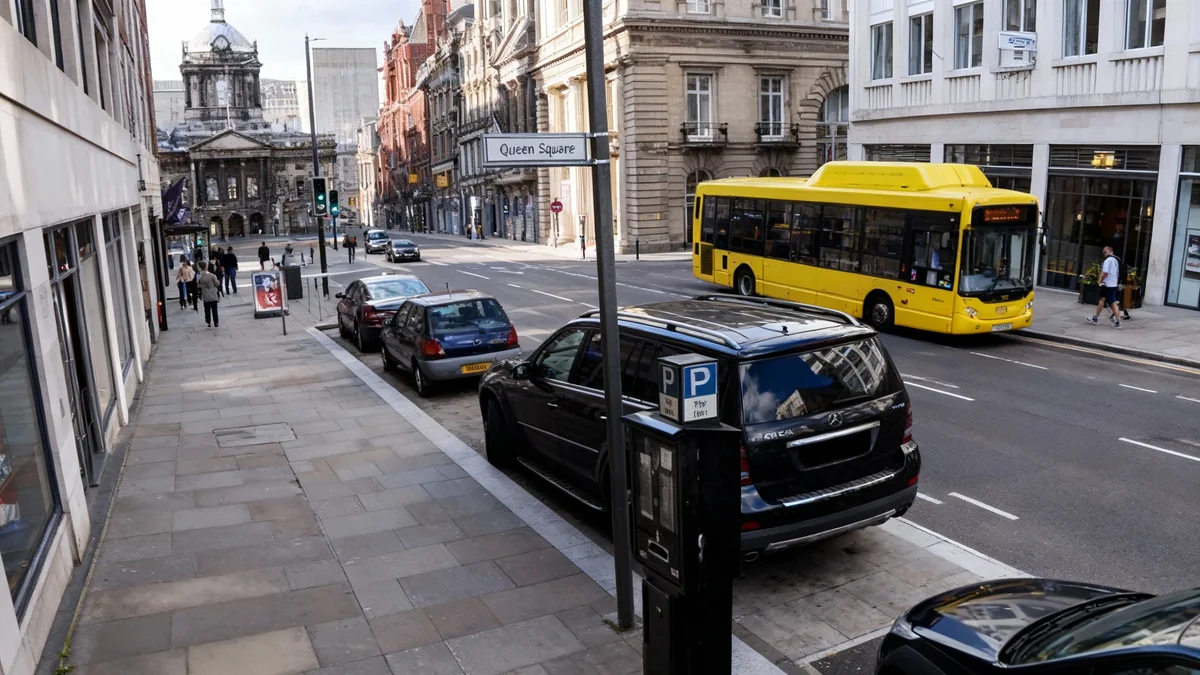Liverpool City Council is expected to approve a significant residential development in the Baltic Triangle. The proposed scheme, located at the junction of Norfolk Street and Hurst Street, includes 101 apartments and commercial space. This project aims to transform a vacant site into a mixed-use building, further contributing to the area's ongoing regeneration.
Key Takeaways
- 101 new apartments planned for Liverpool's Baltic Triangle.
- Development includes ground-floor commercial space.
- Project by Iliad Group is a joint venture with Legacie Developments.
- Site currently a vacant brownfield plot.
- Approval expected from Liverpool City Council.
Proposed Baltic Triangle Development Details
The new development at Norfolk Street and Hurst Street is a joint venture between Iliad Group and Legacie Developments. It will feature a building ranging from six to eight storeys in height. This structure will house 101 residential units, offering a mix of apartment types to cater to different needs.
The plans show 34 one-bedroom apartments, 59 two-bedroom apartments, and 8 three-bedroom apartments. This variety aims to attract a diverse range of residents to the area. Additionally, the ground floor will include commercial units, enhancing the street-level activity and providing local amenities.
Project at a Glance
- Location: Junction of Norfolk Street and Hurst Street, Baltic Triangle, Liverpool.
- Number of Apartments: 101 (34 one-bed, 59 two-bed, 8 three-bed).
- Building Height: 6 to 8 storeys.
- Additional Features: Ground floor commercial space.
- Developer: Iliad Group in partnership with Legacie Developments.
Regeneration and Economic Impact
The Baltic Triangle has undergone substantial regeneration over the past decade. This area, once dominated by industrial buildings, has become a vibrant hub for creative businesses, independent retailers, and residential living. The proposed development aligns with the council's vision for continued growth and diversification of the district.
According to planning documents, the project will bring significant economic benefits. It will create construction jobs and, once completed, support new employment opportunities within the commercial units. The influx of new residents is also expected to boost local businesses and services.
"This development represents another crucial step in the ongoing transformation of the Baltic Triangle," a spokesperson for Iliad Group stated. "We are committed to delivering high-quality residential and commercial spaces that contribute positively to the area's unique character and economic vitality."
Site History and Current State
The site at Norfolk Street and Hurst Street is currently a vacant brownfield plot. For many years, it has remained undeveloped, presenting an opportunity for new construction. The development proposal seeks to make productive use of this land, turning it into a dynamic part of the urban landscape.
Brownfield sites are previously developed land that is not currently in use. Utilizing such sites for new construction helps to reduce pressure on greenbelt areas and promotes sustainable urban development. This approach is a key component of Liverpool's broader regeneration strategy.
About the Baltic Triangle
The Baltic Triangle is a former industrial area in Liverpool, located just south of the city centre. Over the last 15 years, it has transformed into a thriving creative and digital hub. It is known for its independent businesses, co-working spaces, restaurants, bars, and residential developments. The area has a distinctive character, blending historical industrial architecture with modern urban living.
Key attractions include the Baltic Market, Cains Brewery Village, and various art installations. The transformation has been largely driven by private investment and supportive council policies aimed at fostering creative industries and residential growth.
Architectural Design and Public Realm
The architectural design of the building has been carefully considered to fit within the existing urban fabric of the Baltic Triangle. The plans include a modern aesthetic while respecting the area's industrial heritage. Materials proposed are designed for durability and visual appeal.
Public realm improvements are also part of the scheme. These include enhancements to the surrounding pavements and street lighting. Such improvements contribute to a safer and more welcoming environment for both residents and visitors. The integration of commercial units at ground level will also enhance pedestrian activity.
The project emphasizes sustainable design principles. While specific details on energy efficiency and environmental impact were not fully disclosed in the initial public documents, developers typically incorporate modern building standards to minimize environmental footprints in new constructions within the city.
Developer Background
- Iliad Group: A prominent property developer with a long history of projects in Liverpool, particularly within the Baltic Triangle and Knowledge Quarter. They are known for their regeneration efforts and creating mixed-use developments.
- Legacie Developments: Another significant developer in the region, Legacie has a portfolio of residential and commercial projects across Liverpool. Their collaboration with Iliad Group brings together considerable experience in urban development.
The partnership between these two experienced developers suggests a strong commitment to the project's success and its positive integration into the existing community. Their previous work in the city provides a track record of delivering substantial schemes.
Next Steps for Approval
The Liverpool City Council planning committee is scheduled to review the application. Council officers have recommended the scheme for approval, indicating that it meets local planning policies and objectives. The final decision is expected soon.
If approved, construction could begin in the coming months, adding another significant building to the rapidly evolving Baltic Triangle skyline. The development is expected to take approximately 18-24 months to complete once work commences.
This project is one of several new developments either underway or planned for the Baltic Triangle, underscoring the area's continued appeal as a key growth zone within Liverpool.
